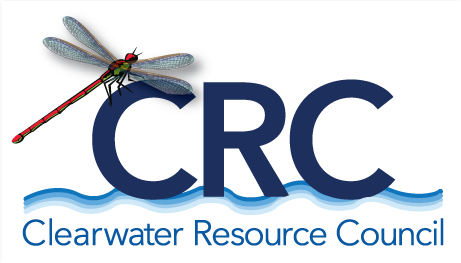Watershed Description
The Clearwater Watershed, encompassing a succession of lakes, which from north to south include: Clearwater, Rainy, Alva, Inez, Seeley, Placid, Big Sky, and Salmon Lake.
The Clearwater watershed, located in Missoula County, Montana, has unique natural resource values as it forms the southernmost portion of the North Continental Divide Ecosystem (NCDE), which extends from the Highwood River in Alberta to the Blackfoot River in Montana. The NCDE is also known as the “Crown of the Continent” and encompasses over 10 million acres of some of the most unspoiled lands on the entire North American continent. Astoundingly, all of the plants and animals which resided here during the expedition of Lewis and Clark in the early 1800s continue to inhabit this region, making it all the more important to conserve these lands for the continued survival of these species. Additionally, the watershed has unique cultural values to both the Confederated Salish and Kootenai Tribes and the Blackfeet Nation who referred to this area as the “backbone of the world.” This region embodies the convergence of natural beauty and heritage.
Glacial forces shaped the Clearwater valley’s unique topography over two million years ago, and formed the succession of lakes, which from north to south include: Rainy Lake, Lake Alva, Lake Inez, Seeley Lake, and Salmon Lake. The economic importance of this chain of lakes is undeniable since the hub of activity here in the Clearwater occurs in close proximity to these bodies of water. They provide prime recreational opportunities, such as fishing, swimming, and boating, for both residents and tourists.
The Clearwater watershed is still relatively pristine in nature, and hosts a variety of endangered species. The complex connectivity of the waterways in this region provides the ideal ecosystem for the endangered bull trout, while the large swaths of uninterrupted forested areas provide habitat for grizzly bears and Canada lynx. Moreover, together with the Swan Lake region and the Lincoln Ranger District, the Clearwater has distinctive landscape connectivity value, linking the Bob Marshall, the Lincoln Scapegoat, and the Mission Mountain Wilderness areas. This landscape connectivity is vital to the survival of many organisms, as habitat fragmentation is one of the most commonly cited threats to both aquatic and terrestrial species survival.
Cooperative and productive management is integral to protecting the integrity of the habitats and ecosystems in the Clearwater. The unique flora and fauna, dramatic glacially carved landscapes, and long standing rich cultural heritage in this region make protecting these lands for generations to come of paramount importance.
Learn more about the valley by checking out the
Landscape Assessment Maps & Figures page.

